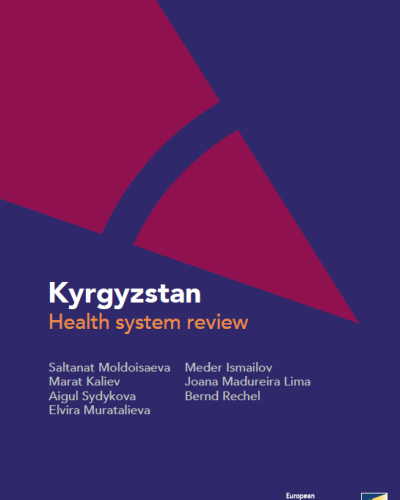Kyrgyzstan Health System Review

A mandatory health insurance is in place, with the Mandatory Health Insurance Fund (MHIF) under the Ministry of Health acting as single public payer for almost all hospitals and providers of primary care. The benefits package of publicly covered services is defined in the State-Guaranteed Benefits Programme (SGBP). However, many services require co-payments and in 2019 only 69% of the population was covered by mandatory health insurance. Health expenditure per capita is one of the lowest in the WHO European Region, due to the country’s small GDP per capita. Private spending, almost entirely in the form of out-of pocket expenditure and including informal payments, accounted for 46.3% of health expenditure in 2019. Financial protection is undermined by low levels of public spending for health, resulting in financial hardship for people using health services. While there is a well-developed network of health facilities, the geographical distribution of health workers is uneven and there is an overall shortage of family doctors. Access to health services remains a challenge, which has been exacerbated by the COVID-19 pandemic. While improvements have been made in recent years, communicable and noncommunicable diseases still pose a major problem and life expectancy prior to the COVID-19 pandemic was one of the lowest in the WHO European Region.




